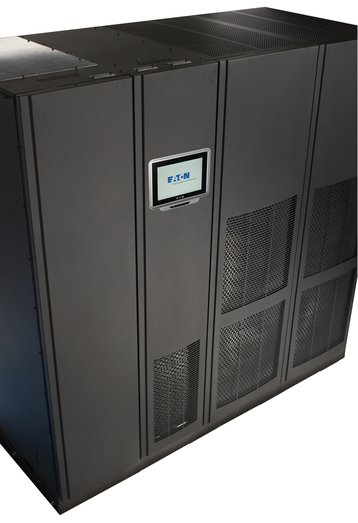The widespread adoption of technologies like DCIM (Data Centre Infrastructure Management), DCSO (Data Centre Service Optimisation), intelligent power management and ‘self-sensing’ UPS capabilities provide tools to either offer real insight into what’s going on with the infrastructure, or which operate autonomously enough so that data centre managers don’t have to track every second of activity.
At the same time, enterprise software and storage giants offer highly functional management consoles that they say can track every bit and byte in the centre. Unfortunately, this is not enough. While the playing field in data centre management is much higher than it was even ten years ago, a lot of these tools either operate at too superficial a level, or are not being used in a forensic enough fashion.
A major blind spot in data centre design is often the power chain. Undoubtedly, the data centre industry is moving in the right direction here, with most of Europe operating at sub-1.2 PUE (Power Usage Effectiveness) levels, and some great use of cloud and even application-level optimisation work going on. However, the electricity input to the whole stack can often be overlooked.
In reality, most data centres don’t have sufficient visibility when it comes to not just power consumption, but supply, at the level of granularity that’s really needed for operating at optimal levels. Most facilities run at three phase, for example, but cannot see the status of components at a given moment.
This is a problem as it can lead to imbalance: the system manager may be over-stacking the power in one part of the system whilst starving other parts. That’s not ideal for the correct balance of the installation’s biggest utility and cost, electrical power. It also means that operators can’t genuinely claim to be in full mastery of the environment. This leads to budget and efficiency implications and can create real problems when – and it’s always a when, not an if – a brownout occurs, i.e. bad power routing will lead to damage and a delayed return to full customer service.
In order to avoid this, what the power professional needs to be working towards is a better way to automate operations by deriving a fuller, more granular, picture of the entire data centre. Data centre managers need to be able to get a complete view of how the system is operating at any one time - from the electrons coming in at one end of the power grid to the application helping their business customer on their cloud-connected smartphone right at the other end.
How would this help? Data centre managers need to have insight into the physical state of all their equipment, at all times, as well as the way the network is dipping up and down, and which cloud apps are being consumed. The ideal way of achieving this is to have a system which is able to tell when changes in the load placement need to be made. The way forward is not systems that are necessarily self-aware, but certainly self-sensing, giving data centre managers a scientific understanding of the massive investment they are responsible for.
The industry is already moving in this direction, but there is still demand for even more accurate and complete information about all aspects of data centre operation. This is something that the industry needs to think about, because, as any engineer would tell you, it is impossible to properly manage what is not fully, numerically, measured.
So it is safe to say that full automation of data centres is coming, and yes, it is needed. Data centres cannot be completely, transparently managed, until information about the whole IT stack can be accurately measured, analysed and utilised on a more complete scale.
Dennis O’Sullivan, is data center solutions operations specialist at Eaton EMEA.


